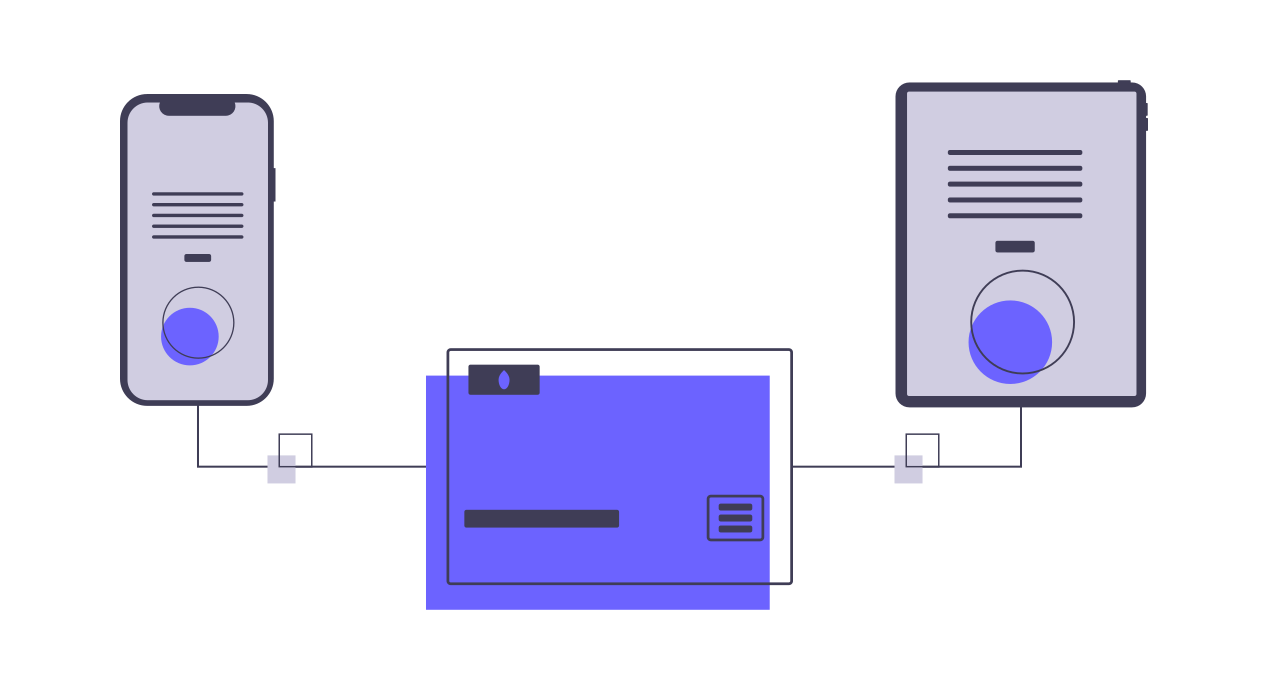In the landscape of Account-Based Marketing (ABM), leveraging multiple channels is essential for reaching and engaging your target accounts effectively. Whether dealing with the complexities of enterprise clients or the agility of SMBs, a multi-channel approach ensures your message is delivered consistently across all touchpoints. This blog explores key strategies to optimize multi-channel ABM campaigns for both enterprises and SMBs, focusing on achieving maximum engagement and conversion.
Best Practice 1: Unified Messaging Across Channels
Consistency is critical when deploying a multi-channel ABM strategy. Regardless of the market segment, your messaging must remain cohesive across all platforms—whether it’s email, social media, or direct mail. This unified approach builds brand recognition and ensures that your value proposition is clearly communicated at every touchpoint.
Key Actions:
- Develop a core message that aligns with your overall ABM strategy.
- Adapt this message to fit the tone and style of each channel, while maintaining its core essence.
- Regularly review and update your messaging to keep it relevant and aligned with your campaign goals.
Best Practice 2: Channel Selection Based on Audience Behavior
Not all channels are equally effective for every audience. Enterprises might engage more on professional networks like LinkedIn, while SMBs could be more responsive to email marketing and social media platforms like Twitter or Instagram. Understanding where your target accounts spend their time and how they prefer to engage is crucial for optimizing your multi-channel efforts.
Key Actions:
- Analyze audience behavior and engagement data to identify the most effective channels for your target accounts.
- Prioritize channels that align with your audience’s preferences and habits.
- Allocate resources accordingly to maximize impact on the most effective platforms.
Best Practice 3: Personalized Content for Each Channel
Each channel has its unique format and audience expectations. Therefore, content should be tailored not only to the account but also to the channel through which it’s delivered. What works in an email might not be suitable for a LinkedIn post or a personalized landing page. Crafting content that resonates with the audience in the context of each specific channel is key to driving engagement.
Key Actions:
- Create channel-specific content that aligns with the platform’s strengths and audience expectations.
- Ensure that personalization is applied at both the account level and the channel level, addressing the specific needs and preferences of your target audience.
- Use A/B testing to refine and optimize content for each channel based on performance data.
Best Practice 4: Integration of Data Across Channels
For a multi-channel ABM strategy to be truly effective, data from each channel must be integrated and analyzed holistically. This integration allows you to track the full customer journey, understand cross-channel interactions, and make data-driven decisions that enhance campaign performance.
Key Actions:
- Utilize a centralized CRM or ABM platform that aggregates data from all channels.
- Regularly review cross-channel analytics to identify trends, opportunities, and areas for improvement.
- Adjust your strategy based on insights gained from integrated data, ensuring a cohesive and informed approach.
Best Practice 5: Timing and Frequency Optimization
The success of a multi-channel ABM campaign often hinges on timing and frequency. Bombarding your target accounts with too much content too quickly can lead to disengagement, while too little outreach can cause your message to be lost. Finding the right balance is essential for maintaining engagement without overwhelming your audience.
Key Actions:
- Develop a timing strategy that considers the optimal frequency of outreach for each channel.
- Use analytics to determine the best times to engage with your audience on each platform.
- Implement automated workflows to manage timing and frequency, ensuring consistent but not overwhelming outreach.
Best Practice 6: Continuous Monitoring and Adaptation
Multi-channel ABM campaigns require ongoing monitoring and adaptation. Market conditions, audience preferences, and platform algorithms change, and your strategy must evolve accordingly. Regularly assessing the performance of your campaigns and being willing to pivot when necessary is key to sustained success.
Key Actions:
- Set up regular performance reviews to assess the effectiveness of each channel and the overall campaign.
- Be prepared to adapt your strategy in response to new data, feedback, or changes in the market.
- Encourage a culture of experimentation, where new ideas and approaches are tested and refined continuously.
Conclusion: Mastering Multi-Channel ABM for Optimal Results
Optimizing multi-channel ABM campaigns requires a strategic approach that balances consistency, personalization, and data-driven decision-making. By following these best practices, you can create a cohesive, effective strategy that drives engagement and conversion across both enterprise and SMB segments. As the digital landscape continues to evolve, staying flexible and responsive will ensure that your multi-channel efforts remain effective and impactful.


